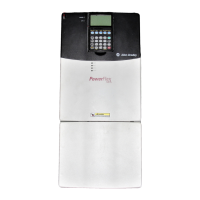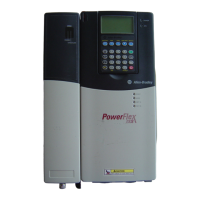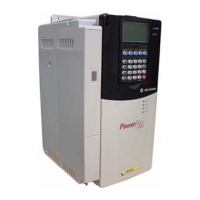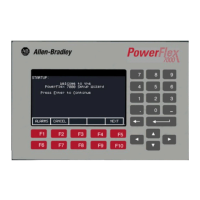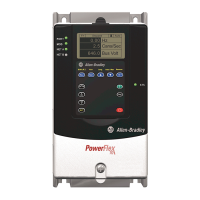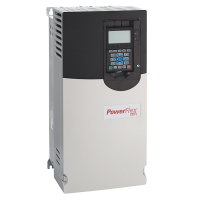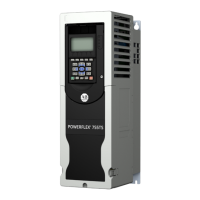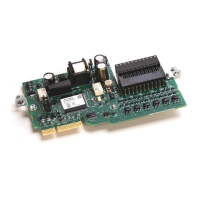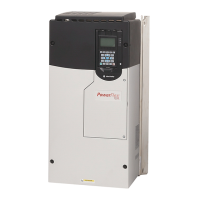98 Rockwell Automation Publication 750-RM003A-EN-P - April 2018
Appendix A Enclosure Information
Airflow through the enclosure must not be impeded. Regular inspection and
replacement of the filter media is required to maintain proper cooling. See the
PowerFlex 750-Series Products with TotalFORCE Control Hardware Service
Manual, publication 750-TG100
for filter media maintenance schedules.
Figure 34 - Airflow Clearances
IP54, UL Type 12IP21, UL Type 1
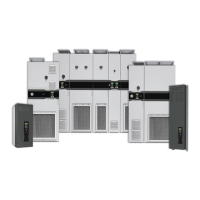
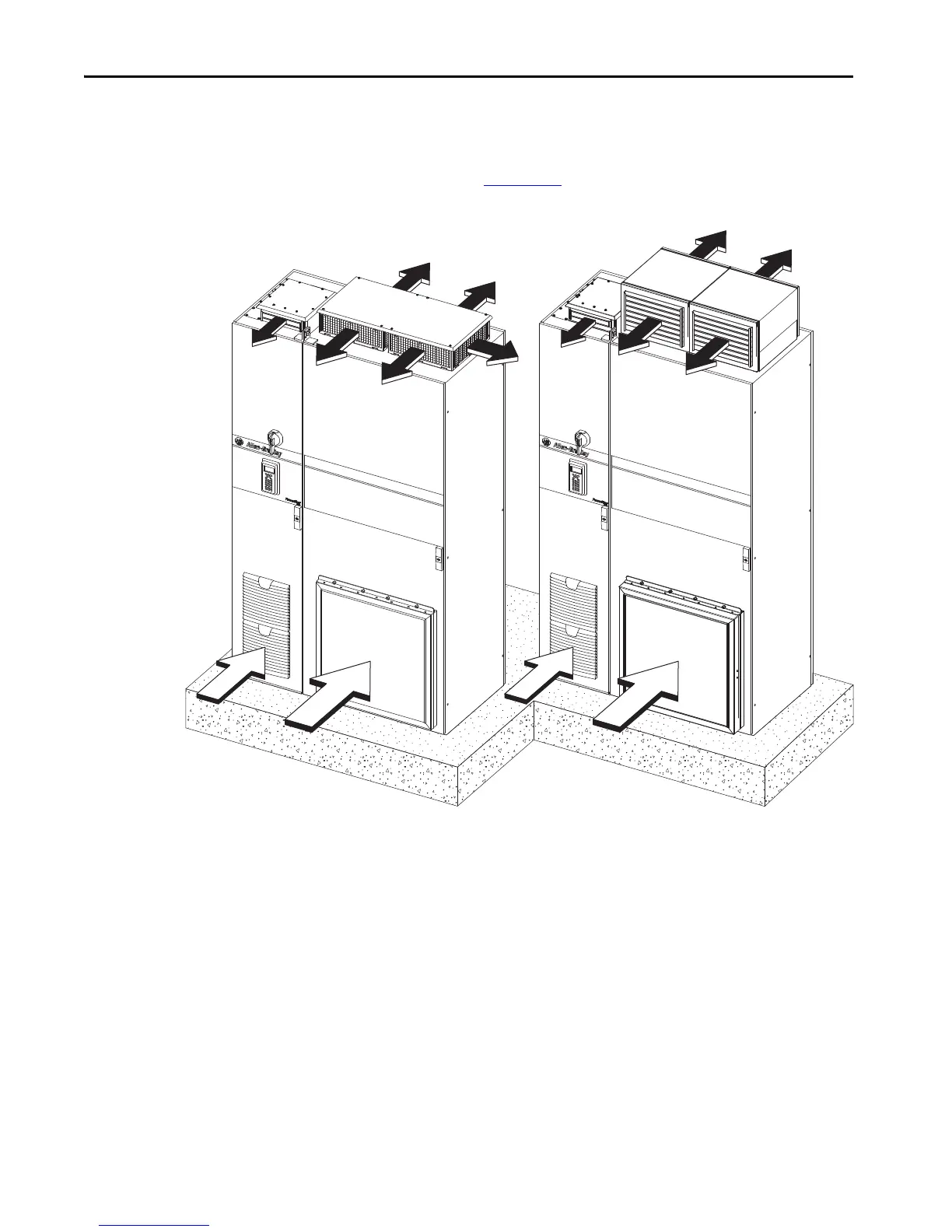